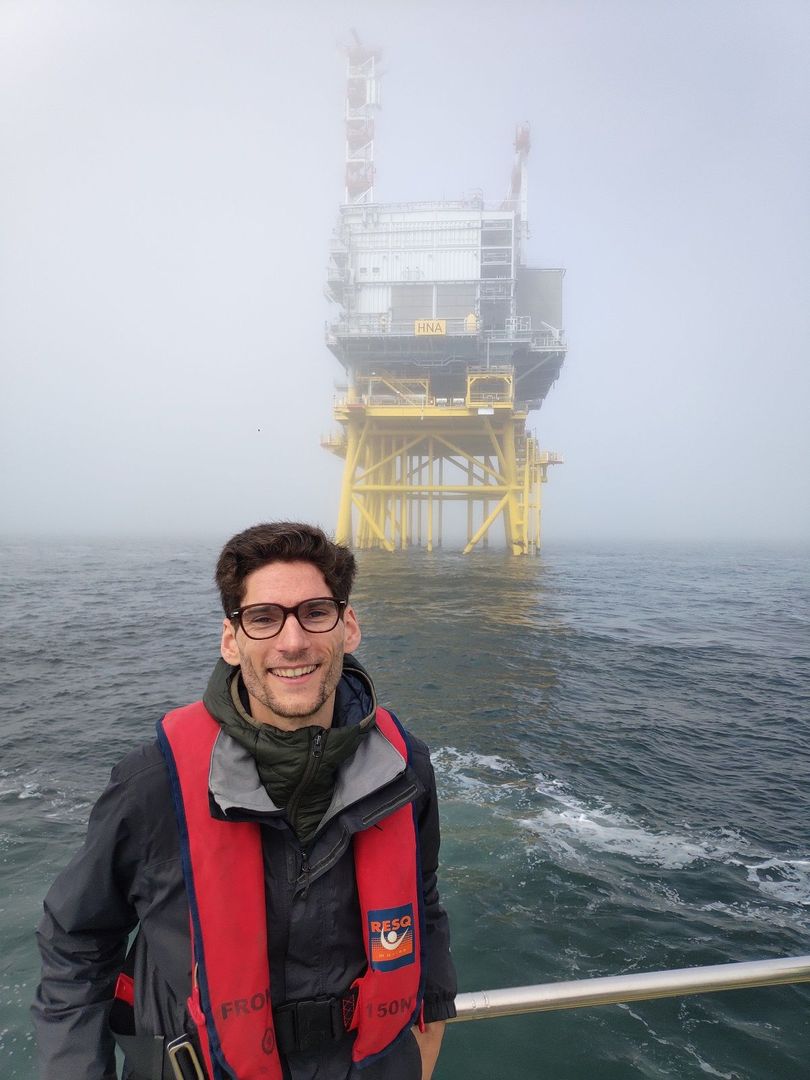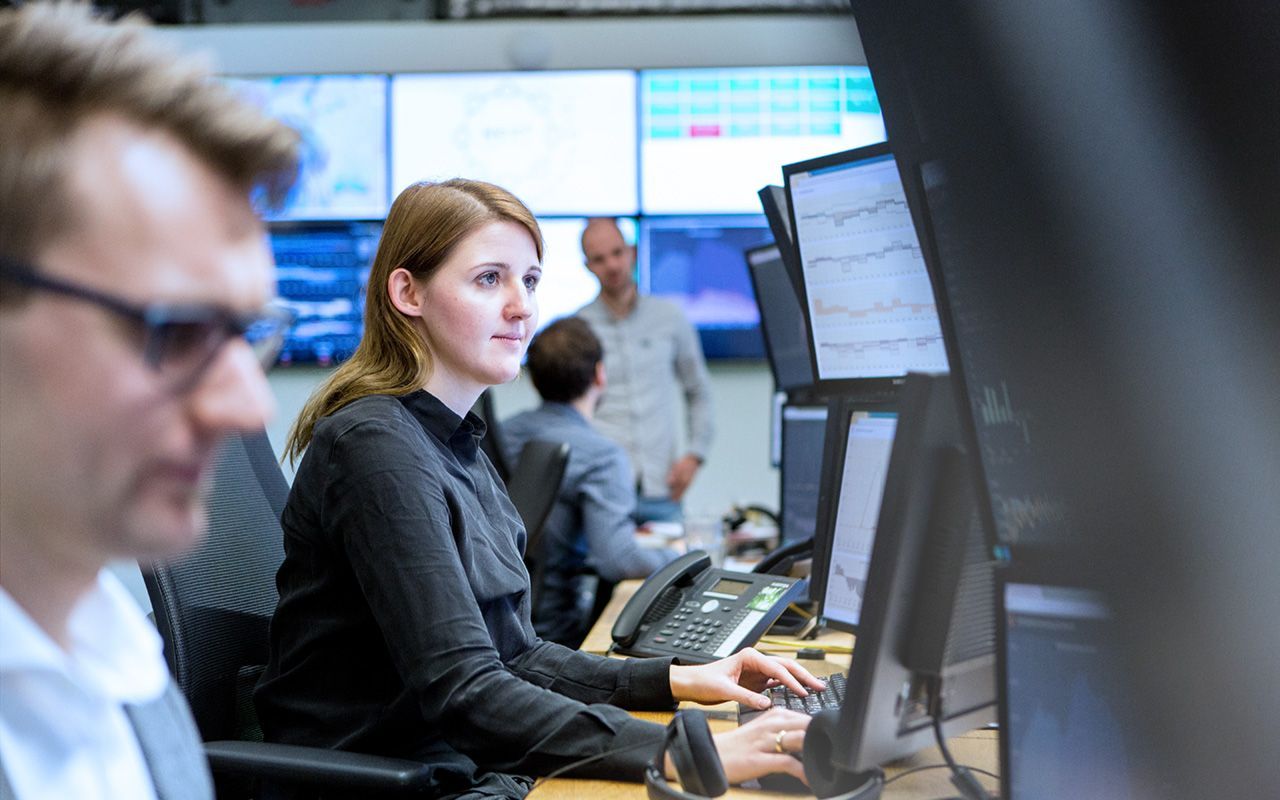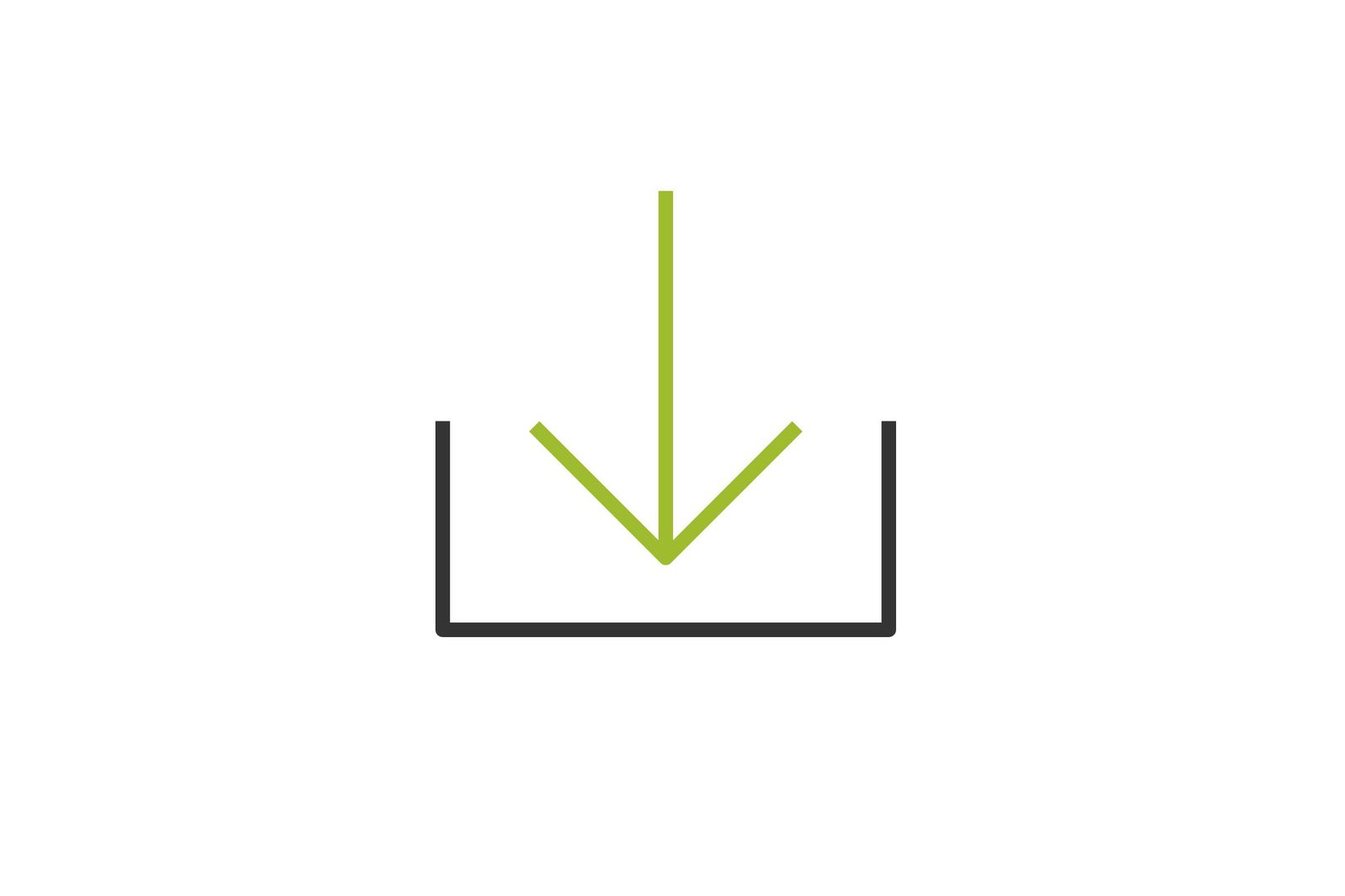How does Next Kraftwerke trade the HKN wind power on short-term markets?
In June 2023, the first electricity from the Hollandse Kust Noord wind farm flowed into the Dutch power grid. Having commissioned the first turbines, Eneco and Shell started trading their share of green electricity. As a 100% Shell-owned company, Next Kraftwerke trades part of the produced volumes on the short-term markets – the day-ahead and intraday market. We had the opportunity to talk to Elias De Keyser, an energy expert at Next Kraftwerke and deeply involved in the HKN project, who told us about the electricity markets and the different market roles Next Kraftwerke fulfills.

Antje Golbach: How does trading at the power exchanges work and what is the function of the day-ahead and intraday market?
Elias de Keyser: In general, sellers and buyers of electricity come together on the power exchanges, like EPEX (the European Power Exchange). Everyone tries to manage their positions profitably. However, the electricity exchange also has another important function: its price signal regulates how much electricity will be produced and, to a lesser extent, how much will be consumed. This supply and demand dynamic is important to keep the grid stable and avoid regional interruptions or a possible blackout of power supply. Trading on the day-ahead and intraday markets plays a particularly important role in this context as it takes place close to the moment of delivery.
If we take a closer look at the power trading for the produced volumes of the HKN wind farm, Shell provides us with different day-ahead generation forecasts. Based on its trading experience, Next Kraftwerke selects the best forecast and then sells the power on the day-ahead market. If there are discrepancies between the forecast and the actual amount of electricity on the day of delivery, we correct them in intraday trading. In this way, we market the power production profitably while helping to maintain the stability of the power grid.
Antje Golbach: Are there sometimes discrepancies between the predicted and actual amount of electricity produced?
Elias de Keyser: Yes, this is normal. Wind speeds can change quickly and unexpectedly and the power output of a wind farm can rise or fall rapidly as a result. However, intraday trading gives us an opportunity to smooth out forecast errors that may occur. In addition, Shell has several years of experience with power forecasting for offshore wind projects and is able to provide good forecasts that are close to the real electricity injection.
Antje Golbach: Next Kraftwerke is also the Balance Responsible Party for the HKN wind farm. Can you describe what this market role entails?
Elias de Keyser: Next Kraftwerke is indeed the Balance Responsible Party (BRP) for the entire HKN wind farm. This means that on a 15-minute basis – that’s the imbalance settlement period in the Netherlands – we have to make sure that there is a balance between the volumes we have sold and the volumes that are actually delivered to the grid. As BRP, it is also our job to send production forecasts to the Transmission System Operator (TSO) TenneT, as part of the European GLDPM rules (Generation and Load Data Provision Methodology). One of the TSO’s main tasks is to ensure a reliable power supply and they need as accurate information as possible about power feed-in and off-take of the largest grid connections. This is particularly important for large power plants such as the HKN wind farm.
More to read
Antje Golbach: What happens if there is so much production in the grid that prices go negative?
Elias de Keyser: If more power is being sold on the Dutch power exchange than there is demand for it, prices will go negative. This means that buyers will be paid to consume electricity. These moments are painful for power producing assets: they have to pay to inject power into the grid. It is therefore economically advantageous to reduce the power output of a wind farm. This is called curtailment. Curtailment will play an important role when the HKN wind farm is fully operational. Of course, we want to avoid curtailing renewable sources of power as much as possible. However, as the market and infrastructure are often not yet flexible enough to follow the fluctuating production of renewables, it is sometimes the only sensible option.
At Next Kraftwerke, we realized more than a decade ago that we needed more flexibility in the power grids to enable a growing share of renewables – and our Virtual Power Plant has been unlocking large amounts of untapped flexibility around Europe ever since. But we need more of it, and that can be achieved, for example, by integrating more energy storage capacity, by expanding grid infrastructure at national and international level and by enabling more demand response.
Antje Golbach: Are there any other tasks Next Kraftwerke fulfills for HKN?
Elias de Keyser: Yes, as soon as the wind farm has been fully commissioned, we will offer TenneT balancing energy in our role as Balancing Service Provider (BSP). If an unforeseen imbalance occurs in the Dutch electricity grid, TenneT can activate our offered flexibility to level out imbalances and thus secure a stable grid frequency. In this way, the HKN wind farm not only contributes to meeting the Dutch electricity demand with zero emissions, but also supports TenneT’s safe grid operations.
Disclaimer: Next Kraftwerke does not take any responsibility for the completeness, accuracy and actuality of the information provided. This article is for information purposes only and does not replace individual legal advice.
More information and services


